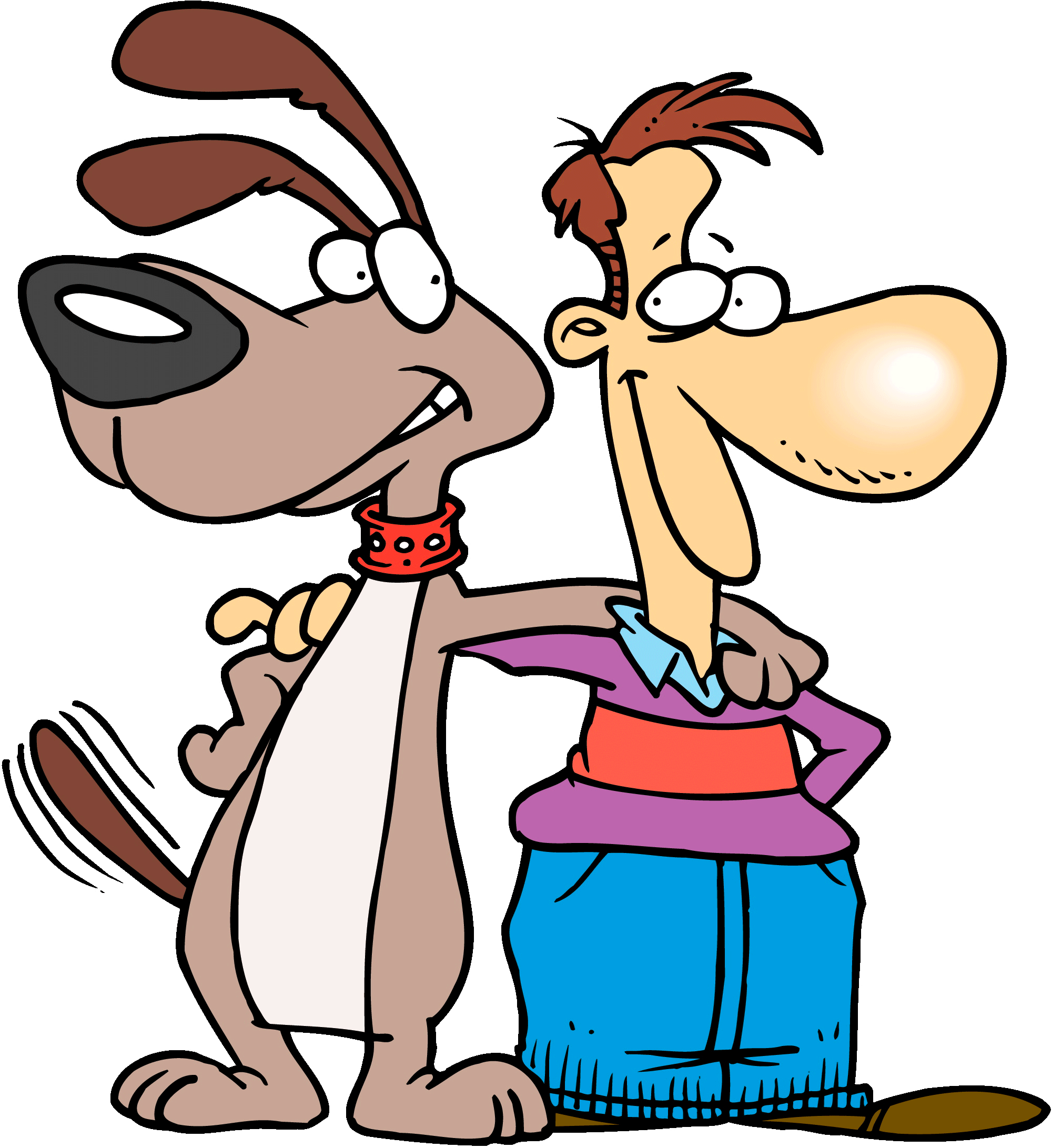Happy Tails Dog Behavior & Training Dog obedience class handout week 1

Happy Tails Dog Behavior & Training
Any Dog Any Problem Positive Solutions Based In Science
Veterinarian Recommended - Dog Approved
- Home
- Classes
- Contact Us
- Puppy classes
- Dog Obedience Class 1
- Dog Obedience Class Level 2
- Reliable Recall Class
- Pet Store
- Pet Store Coupons & Sales
- Events
- private dog training
- Stop Leash Pulling
- dog training prices
- Dog Park
- Reviews
- dog training long distance
- Articles
- poisons to dogs
- Separation Anxiety
- Anxiety and Phobias in Dogs
- videos and pics
- About Dog Training & Behavior Services
- Dog Health Warnings
- Dog Treat Recipes & Kong Stuffing
- how to choose dog food
- About Dog Psychologist
DOG TRAINING CLASS HAND-OUTS
These are the dog training hand-outs for group dog training classes held in Hornell NY. If you are interested in a small group dog training class using positive dog training methods and you are able to bring your dog to Hornell NY in Steuben County NY Sign up for class. Classes are held year round.
Week 1 homework - Make a list and define your commands.
Practice in the mirror
Wait for your dogs timing
Practice positive association with the gentle leader. Give your dog treats, put on the gentle leader and do fun things with it on. Stand in place and let your dog pull on and loosen the leash. You do not pull on the leash. Do not walk your dog on the Gentle leader this week.
Find a special treat for come, find a new phrase for come.
The dog food that I recommend is Acana (the best dog food on the market), Blue Buffalo, Grandma Maes, Fromm, Lotus. (if you need help choosing the correct diet stop in or give me a call, Not every formual is right for any dog. Be sure to pick a formula that is best for your dog.
How to choose dog food. This is a long article but explains how I choose dog foods and why I only carry the dog foods that I do, and how you should choose a dog food for your dog.